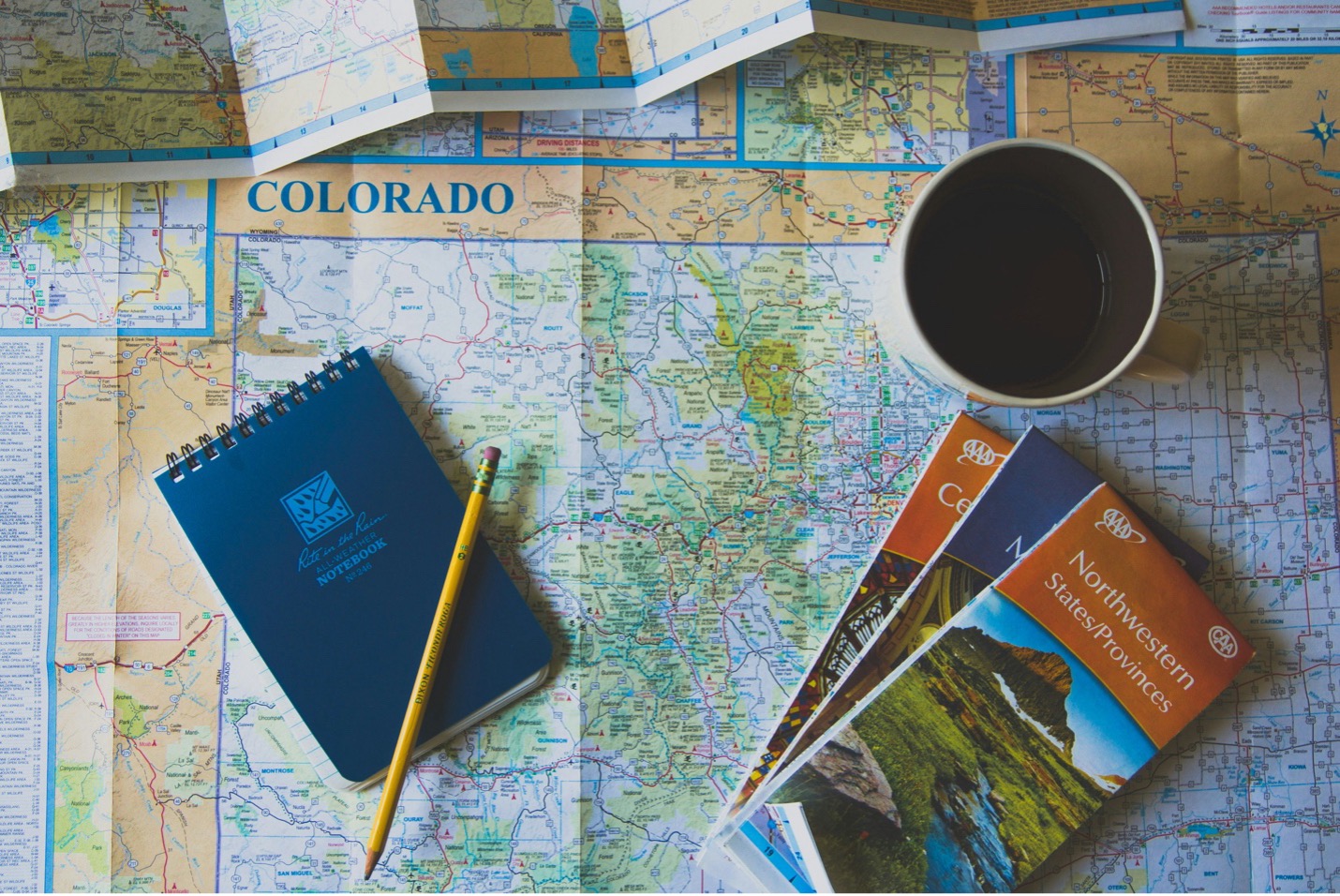Loans for Travel & Other Budgeting Tricks
Whether you're dreaming of a snowy holiday getaway or a tropical escape, planning and budgeting are essential to make your trip stress-free. How you manage your budget, expenses, and savings pre-vacation can make or break your travel plans. Here are some practical travel budgeting tips, including how loans for travel and other strategies can help make your dream vacation a reality.
Map out your destination(s)
The first step in budgeting for a trip is deciding where to go, plus mapping out the details of your destination. By doing this early, you can create an accurate picture of the costs and avoid surprises later.
Think about all the fun and interesting spots you’ll visit on your trip. If you’re flying into a major city, are you planning day trips to nearby towns? Will you need transportation to get around, like car rentals or rideshares? Mapping out your itinerary allows you to assess whether your destination fits within your budget or if you might need to tweak your plans.

Where to travel for the holidays
Planning where you’ll go ensures you’re not only dreaming within your means but also setting a realistic travel budget you can stick to. Many people automatically gravitate toward popular destinations like New York City or Aspen. However, some overlooked locations offer a more budget-friendly and equally magical experience.
For instance, if you're thinking about a getaway to Europe, consider a trip to smaller cities like Prague or Budapest. These vacation destinations can be significantly cheaper than tourist hotspots like Paris or Rome, saving you money on flights, lodging, and activities.
2. Build a travel budget
Once you’ve chosen your destination, it’s time to build a comprehensive travel budget so you’re less likely to run into unexpected costs. Make sure to account for these budget factors:
- Airfare or travel costs. Look into flights, trains, or gas expenses for a road trip. Don’t forget taxes and baggage fees if you’re flying.
- Accommodation expenses. After airfare, your accommodations will take up most of the money you spend a day (especially if it’s a big family vacation). Research the cost of hotels, vacation rentals, or even hostels. Booking early can often save you money.
- Food and dining out. Estimate how much you’ll spend on meals, snacks, and drinks. If you’re staying somewhere with a kitchen, consider grocery shopping for some meals to save money each day.
- Transportation. Add costs for car rentals, public transit, or rideshares in your destination city.
- Activities and entertainment. Whether it’s tickets for a holiday concert or ski passes, include all planned excursions in your budget.
- Emergency funds. Budget for unexpected expenses like weather-related delays, lost luggage, or last-minute changes.
Remember, it’s better to overestimate costs than underestimate! Any money left over from your vacation budget can be put back into savings.

3. Tuck money away early
Speaking of savings, one of the best travel tips is to start saving for your vacation as early as possible. Once you’ve chosen your destination and decided on a budget, set up a dedicated savings account for your trip. Even small contributions over several months can add up to cover a significant portion of your travel costs.
Not sure how much to save each month? Here’s an easy rule of thumb: Divide your total travel budget by the number of months left until your departure date. For example, if you’re planning a $2,000 trip and you have 10 months to save, aim to set aside $200 per month.
Use tools like automatic transfers and little by little, you’ll build the financial cushion needed to enjoy your getaway.
4. Get vacation loans for traveling
If saving alone isn’t enough to fund your trip, consider applying for a vacation loan. These personal loans are specifically designed to help you cover travel expenses, and they often come with fixed interest rates and repayment terms that can fit your budget.
When researching loans for travel, compare multiple lenders to find the best terms since any new loan may affect your credit score. Look for low interest rates, flexible repayment plans, and minimal fees. Borrow only what you need to ensure that the monthly payments won’t strain your finances once you return home.
5. Take advantage of credit card rewards and loyalty programs
If you’re a frequent traveler, credit cards and loyalty programs can be your secret weapons for saving on travel. Many credit cards offer travel incentives like cashback on flights, points for hotel stays, or discounts on car rentals. Some cards even include perks like free checked bags, priority boarding, or travel insurance.
For example, if your credit card offers cashback points, use them for major travel expenses like airfare or lodging to get a percentage back. Similarly, redeeming points from airline or hotel loyalty programs can help you significantly cut costs.
To maximize your savings, book your flights and accommodations through your credit card’s travel portal or a partnered loyalty program. Just be sure to pay off your credit card balance in full each month to avoid interest charges.
Plan carefully, and you can enjoy your dream holiday vacation!
With thoughtful planning and the right financial strategies, your travel dreams can become a reality. Follow these tips and take advantage of tools like loans and rewards programs to travel stress free. Start planning now and give yourself the gift of a memorable vacation!